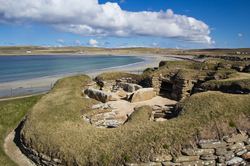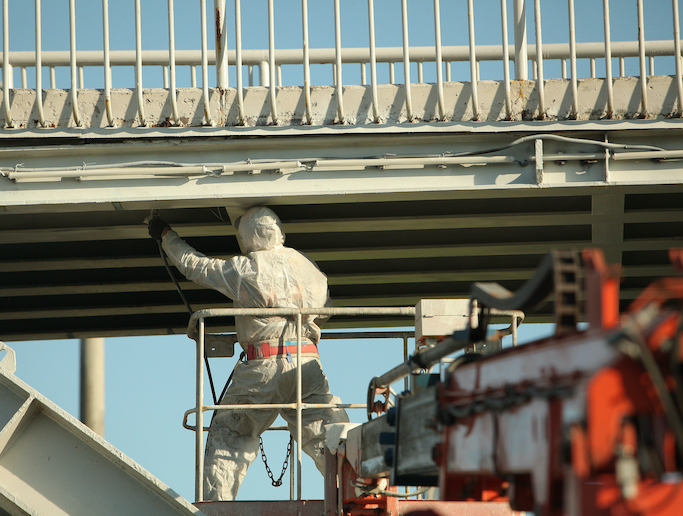The use of houses in Britain during the Neolithic period
In the Neolithic age, farming communities in Europe began to build substantial and permanent dwellings. But what did these houses signify for the inhabitants of Britain then? To address this question, the EU-funded HOUSE (Home sweet home: Investigating Neolithic houses in Britain through the microwear and residue analysis of tools) project considered how houses were established, how living in them influenced daily maintenance tasks and how such changes shaped Neolithic society. To understand what types of activities took place in and around houses, project partners started with the premise that their surroundings are spaces characterised by activities such as cooking and pottery making. They then reconstructed the character and spatial arrangement of such material practices by analysing the tools used to carry them out. As such, researchers analysed microscopic traces of wear and tear of using tools on materials such as wood, bone and hide, and on residue left on tools, including blood, minerals and plant starch. The HOUSE team conducted two case studies involving Neolithic houses in the Orkney Islands where multiple settlements have been found with well-preserved stone houses and the settlement at Durrington Walls near Stonehenge. Analysis performed at the Orkney settlements offers insight into the various tasks that tools were used for. Traces show that a broad range of activities were linked to the houses, including hunting, hide working, pottery production and plant working. Scrapers in particular were used for a wide variety of craft activities. Additional findings indicate that most tools were associated with the practice of abandoning a house. At Durrington Walls, an analysis of arrowheads shows that they were made by young and/or inexperienced flint knappers. This helped to reveal the type of settlement in the area, and the potential for learning and skills acquisition from ritual or ceremonial activities. HOUSE shed considerable light on the role of houses in the development of Neolithic societies in Britain and consequently for the people living in them.
Keywords
Britain, Neolithic, HOUSE, tools







